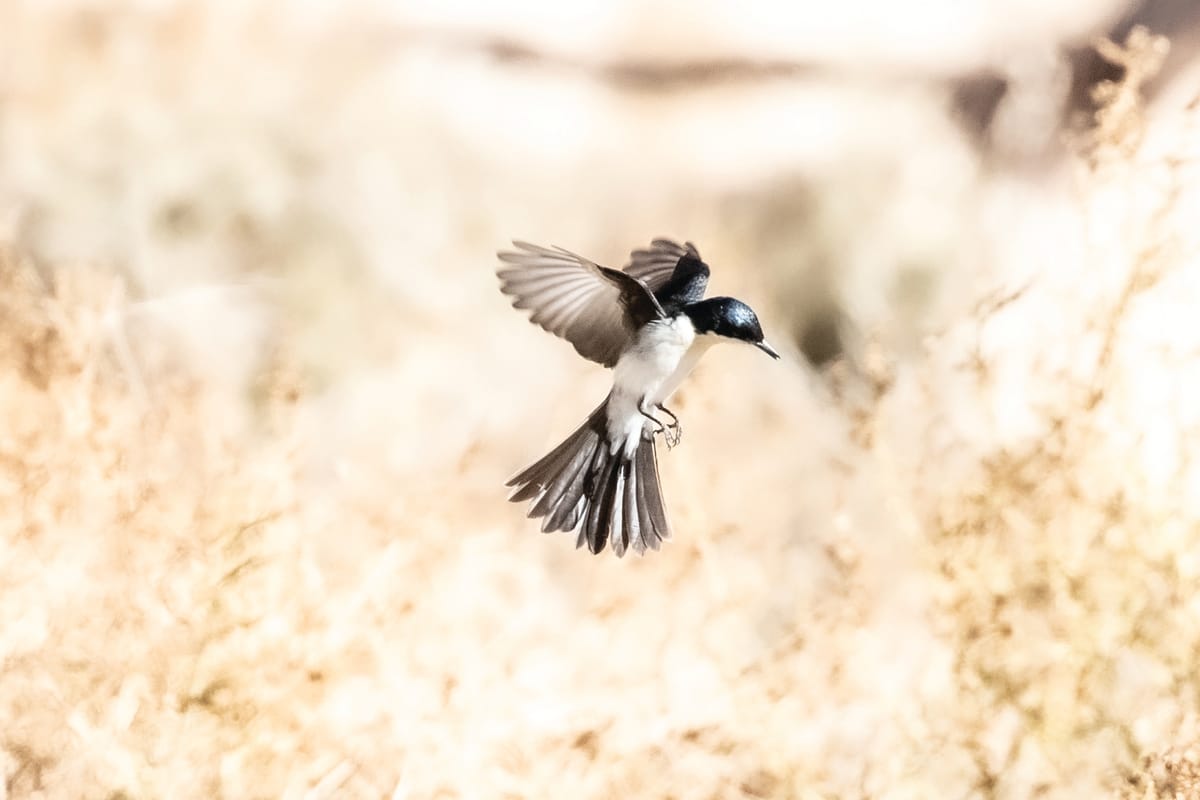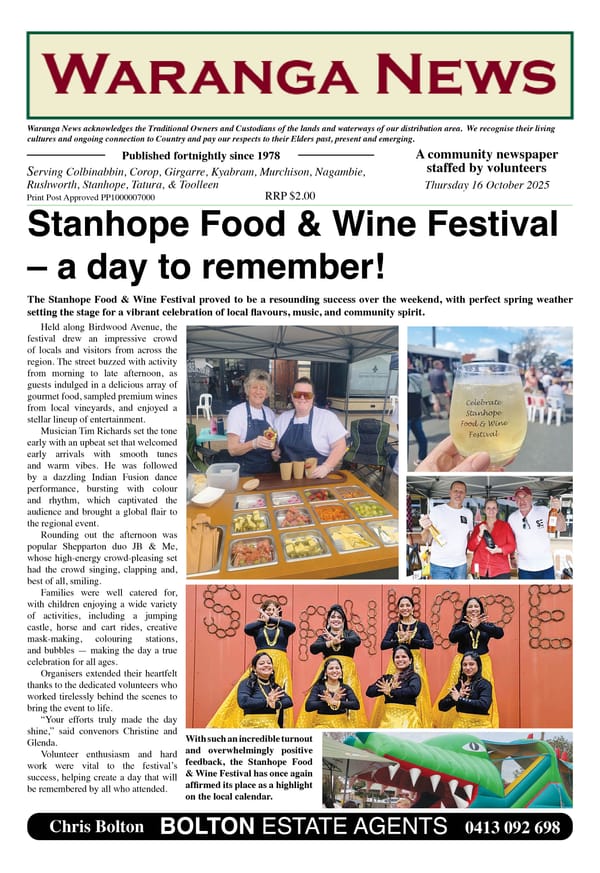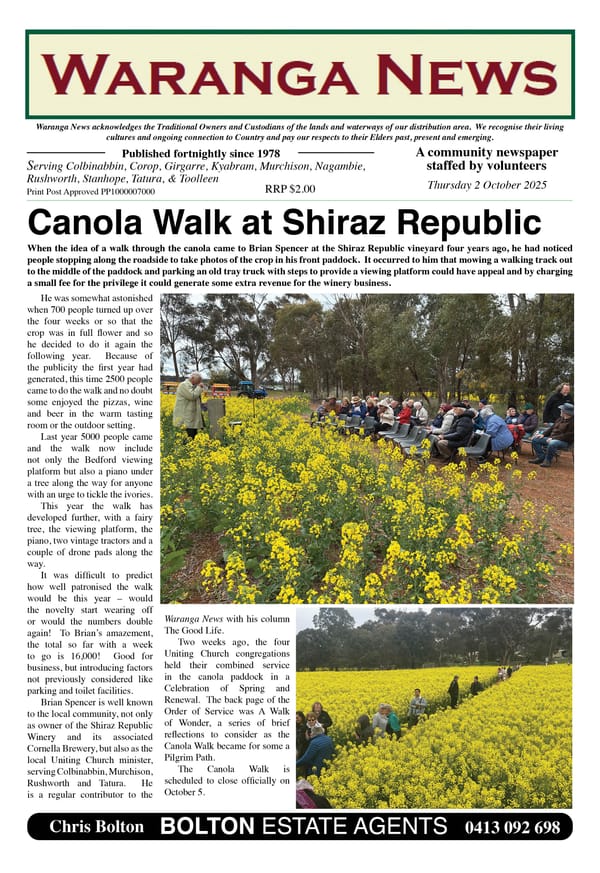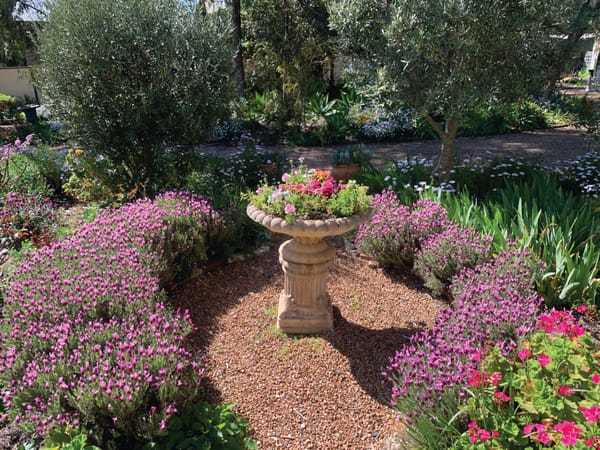Sit and listen - the restless flycatcher
Kirsty Ramadan - BoHollow Wildlife

Whenever I am in bushland it always feels like home. I seem to be able to let the smells, sights and sounds permeate my senses and I feel finely tuned to the life around me. For that moment, I am a part of their environment.
The best way to observe wildlife in the wild is to sit for a bit. Listen.
The sound of the bushland is usually what I tune in to first as this tells me who is out and about and where.
The restless flycatcher is a species I always hear before I see. They have a very distinct call which is difficult to describe..it sounds almost mechanical. A whirling mechanical sound which implies a harsh call but it’s not. I always smile when I hear it. Sometimes, I can follow the direction of the sound and gradually get closer and closer to get some decent photographs and watch their unique hawking skills.
These little birds are similar in shape and colour to the more commonly known willy wagtail. The Restless flycatcher lacks the willy wagtail’s ‘eye brows’ and the markings of black and white are a little different but it’s easy to mistake one for the other, particularly from a distance at rest.
Restless flycatchers eat insects and their hovering and hawking foraging technique is beautiful to behold. They hover and flit just above the bushland floor, usually around grasses and fallen timber, flushing out insects and snapping them up in mid air. Constantly busy, they flutter constantly, occasionally landing on the ground of fallen branches but usually take their breaks in the branches of trees at mid to low level. They don’t stay still for long so photographing them can be a challenge! I find them friendly, gregarious little birds who don’t seem to mind a witness to their antics.
Restless flycatchers have a higher, helmut like crown of iridescent, black feathers compared to the more rounded head of the willy wagtail. Willy wagtails are a little bit more portly in appearance and have a black hood which includes their throat. The restless flycatcher has a white throat.
These features and their very opposing calls can help you to tell them apart.
We have the flycatchers all year here at Loch Garry. In some areas they may be more nomadic or migratory. You will find them on their own or in a pair.
If you hear a strange metallic scissoring, whirring sound which is almost unbirdlike, chances are you’ve found one. They are aptly named as they rarely sit still but they always mesmerise me with their aerial abilities and quirky call.




